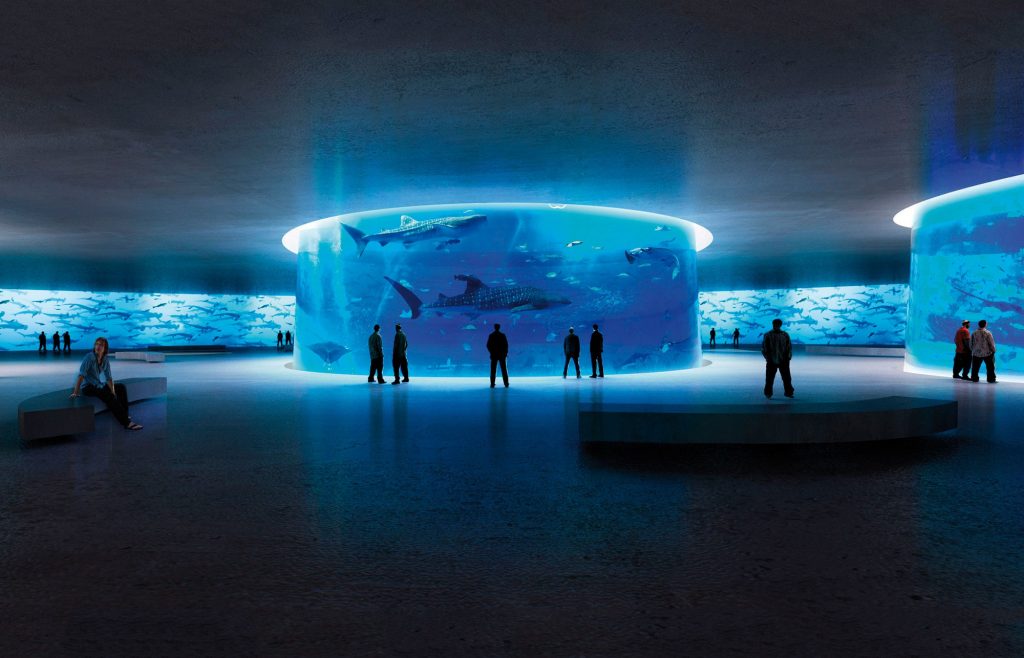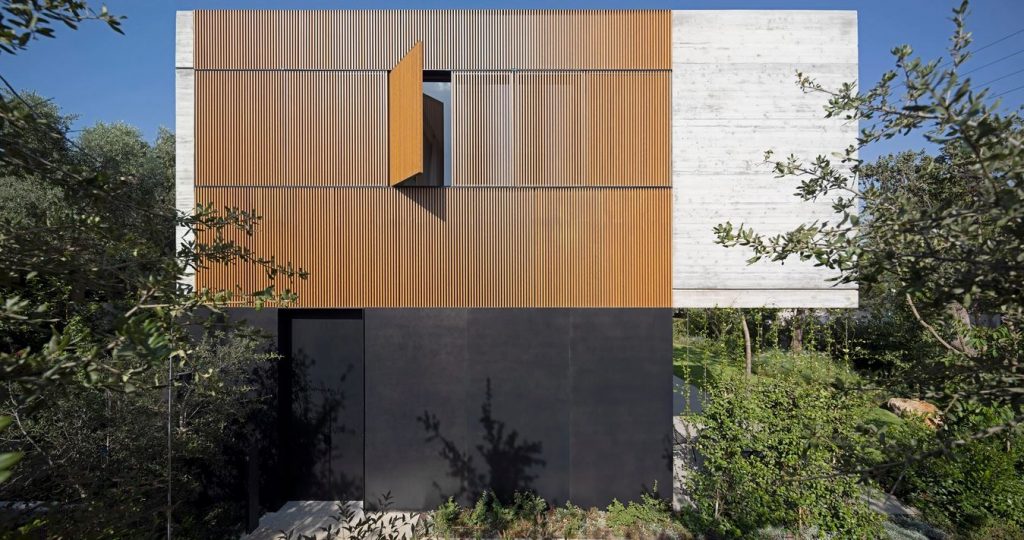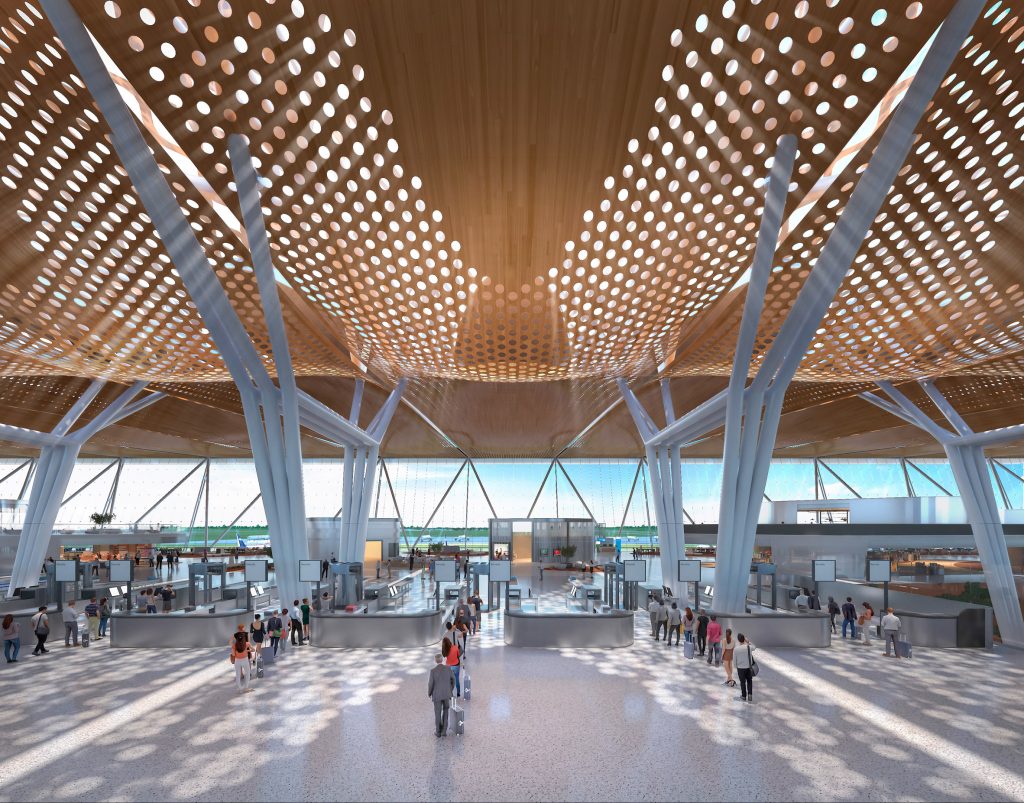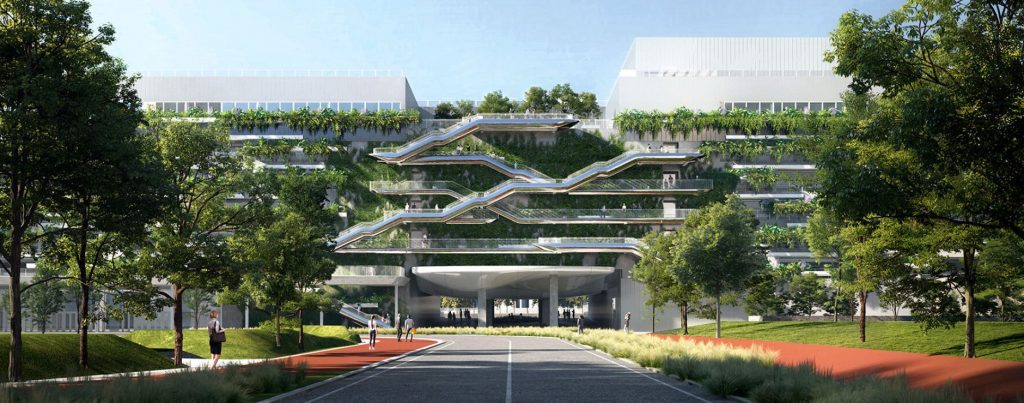The first public aquarium was opened in London Zoo in 1853 and was constructed much like a greenhouse. Although the main goal of aquariums – to bring guests to places they have never encountered before – have not changed since, the introduction of contemporary materials and technologies has set designers on a quest for total immersion. The projects we have selected for this post prove that the secret to good aquarium design is not about size but rather about telling a story.









